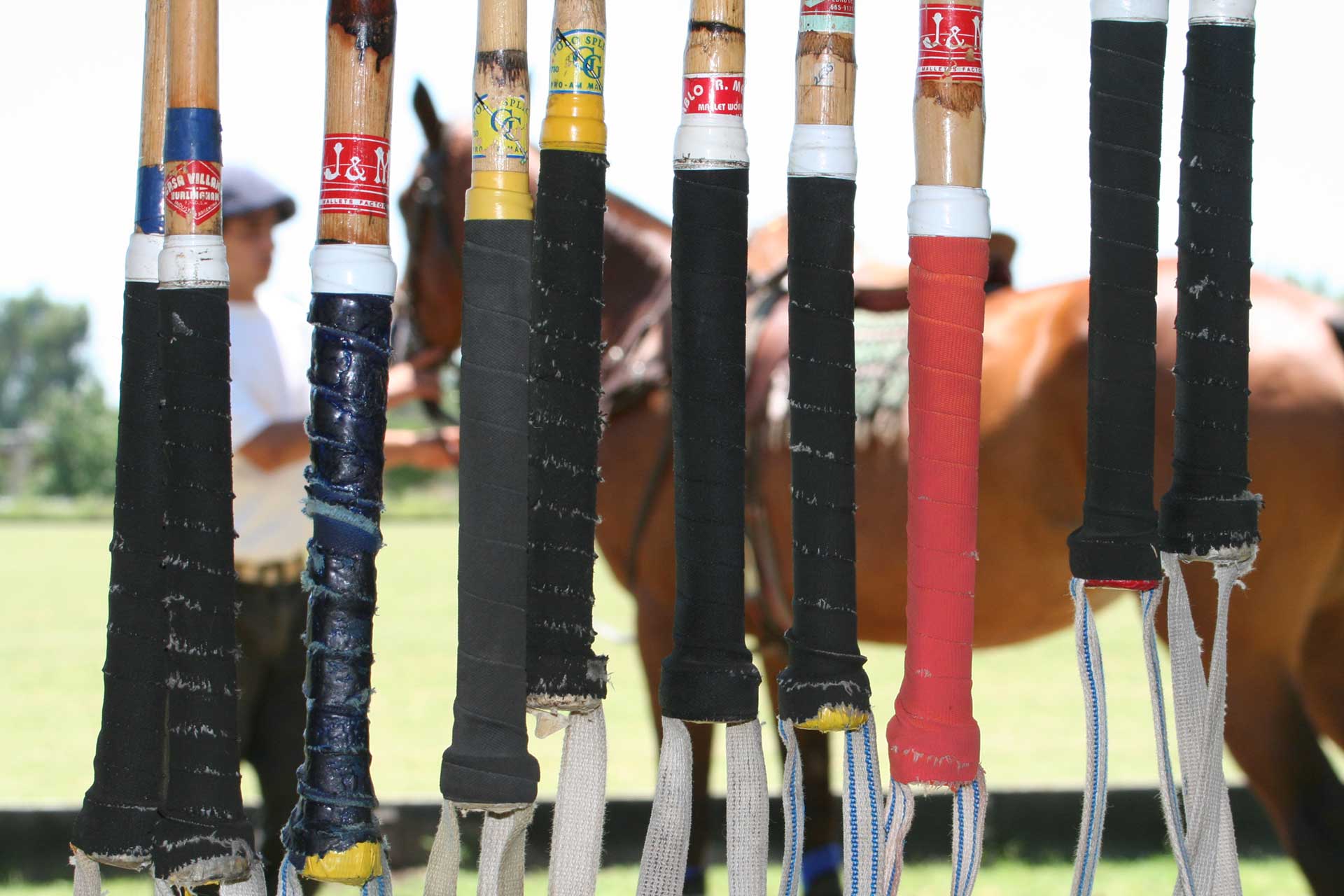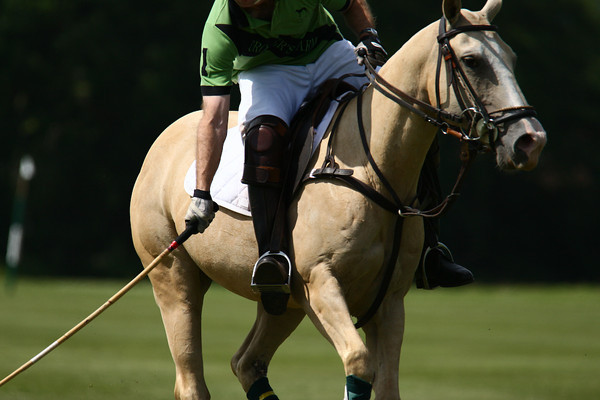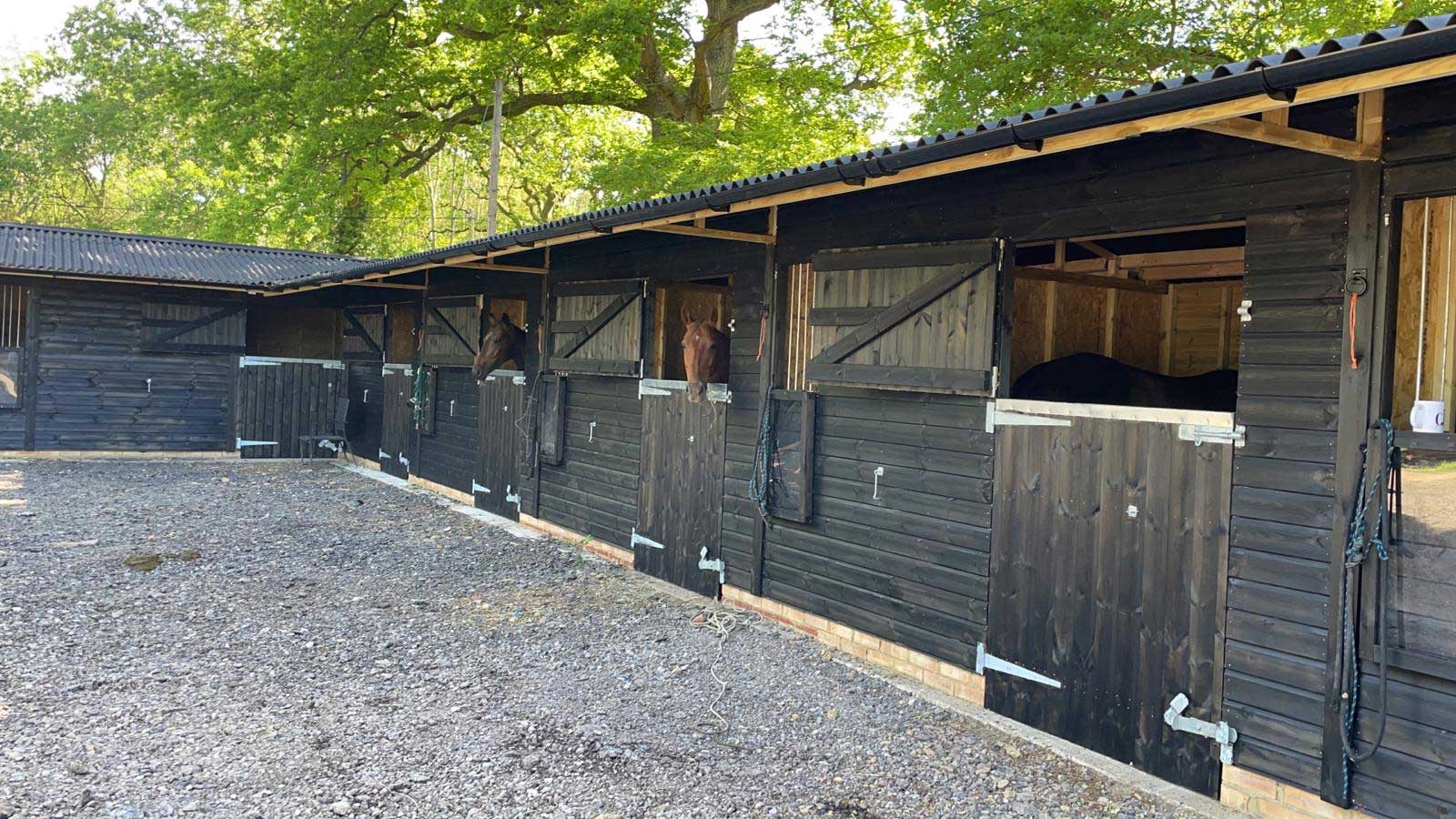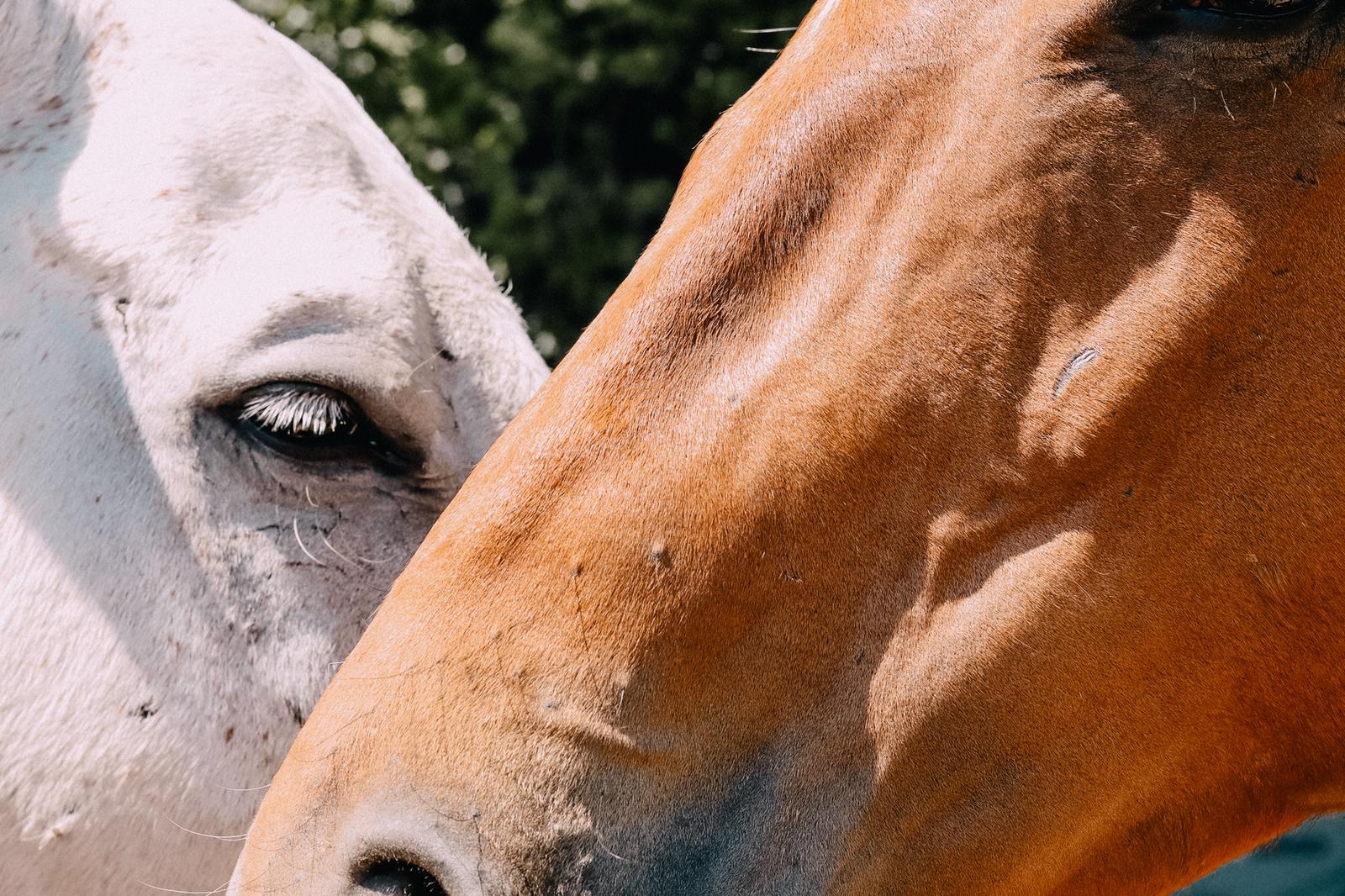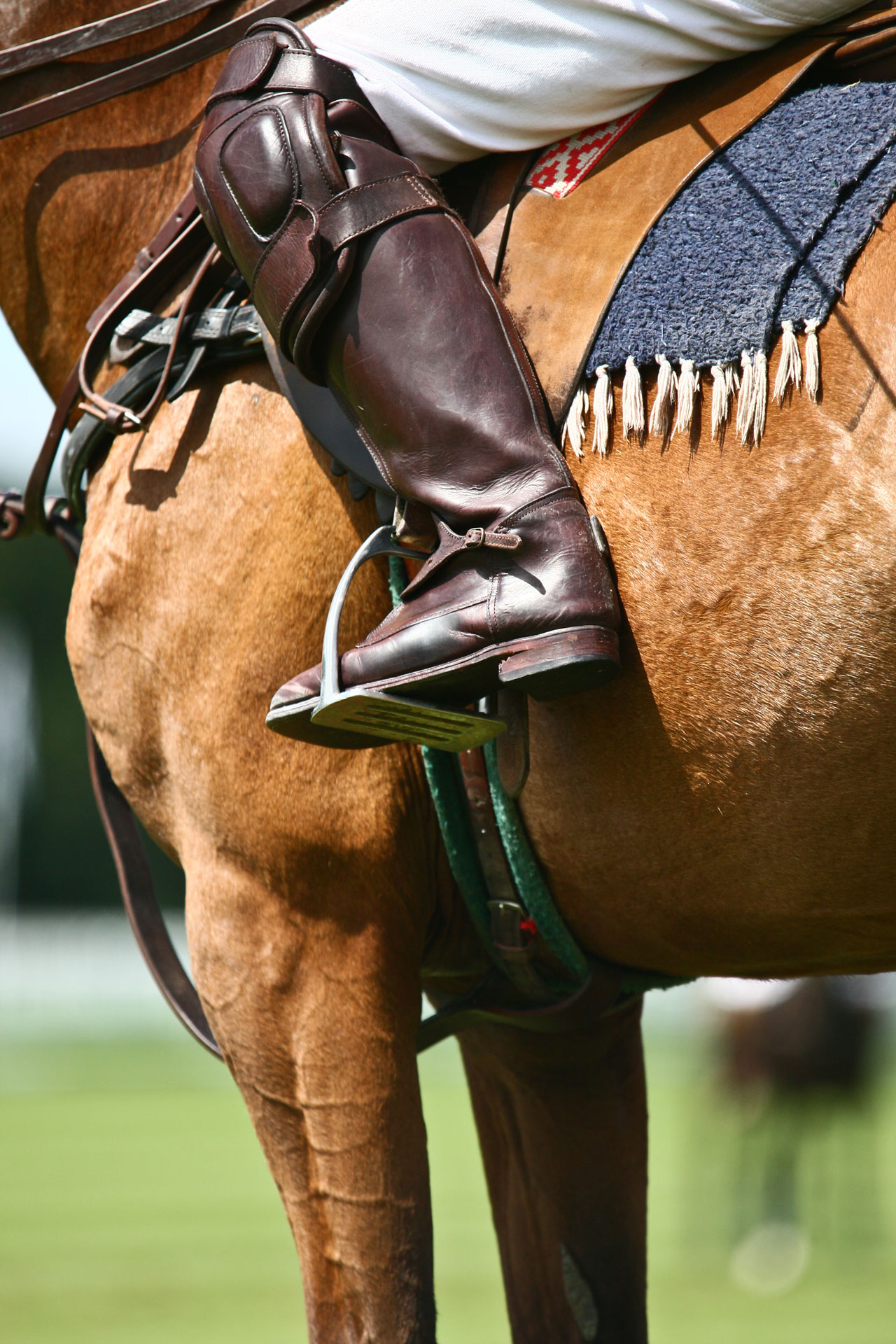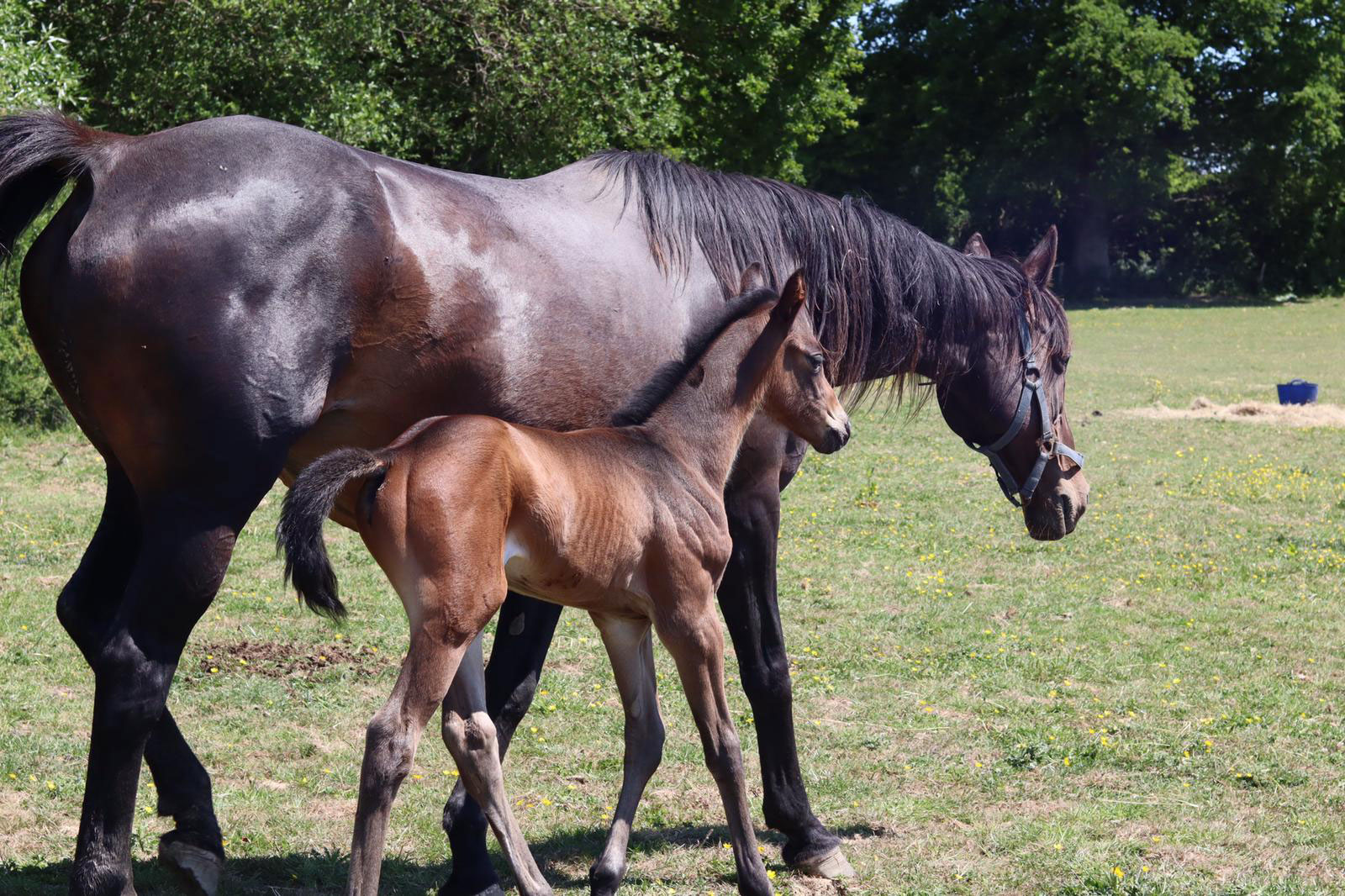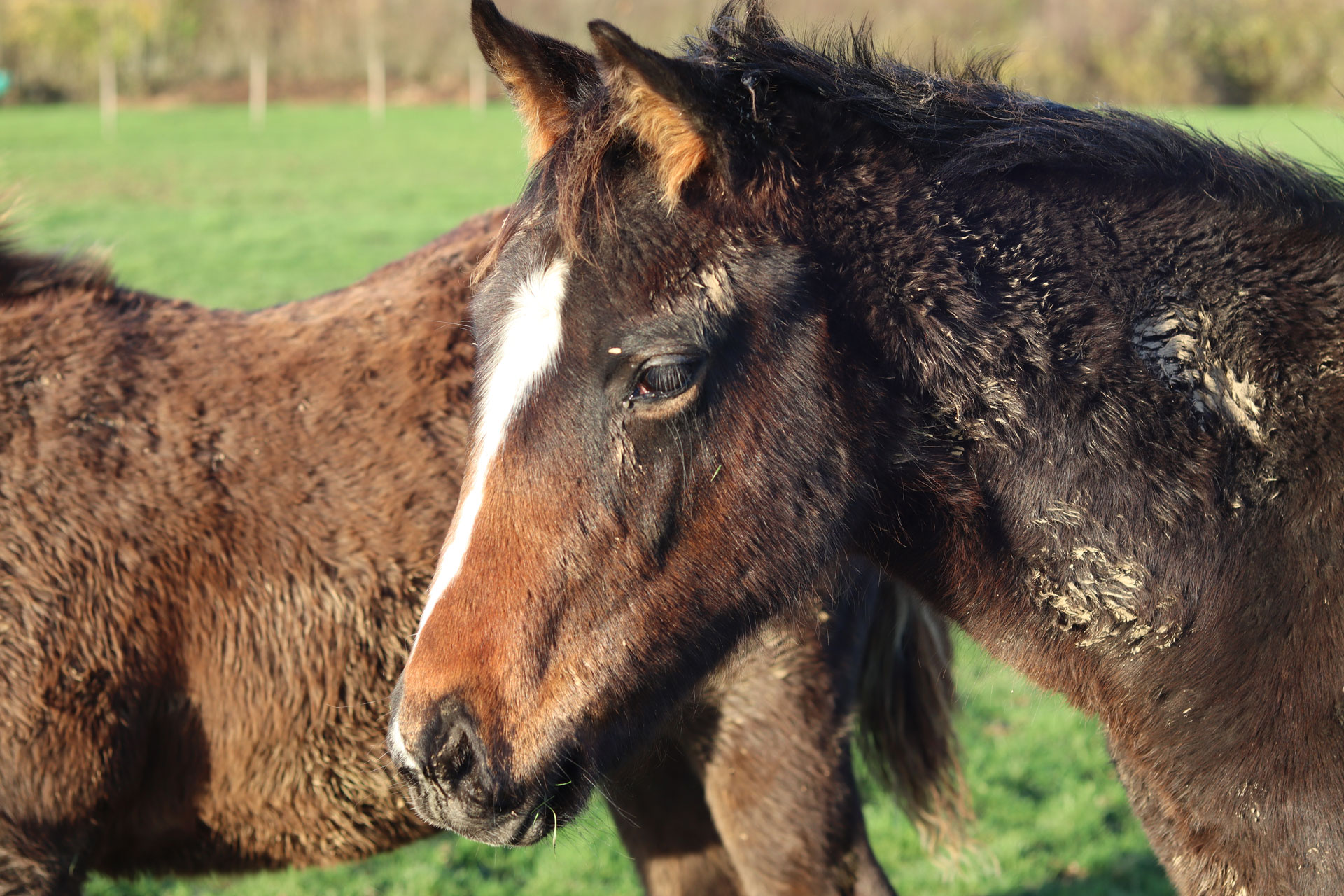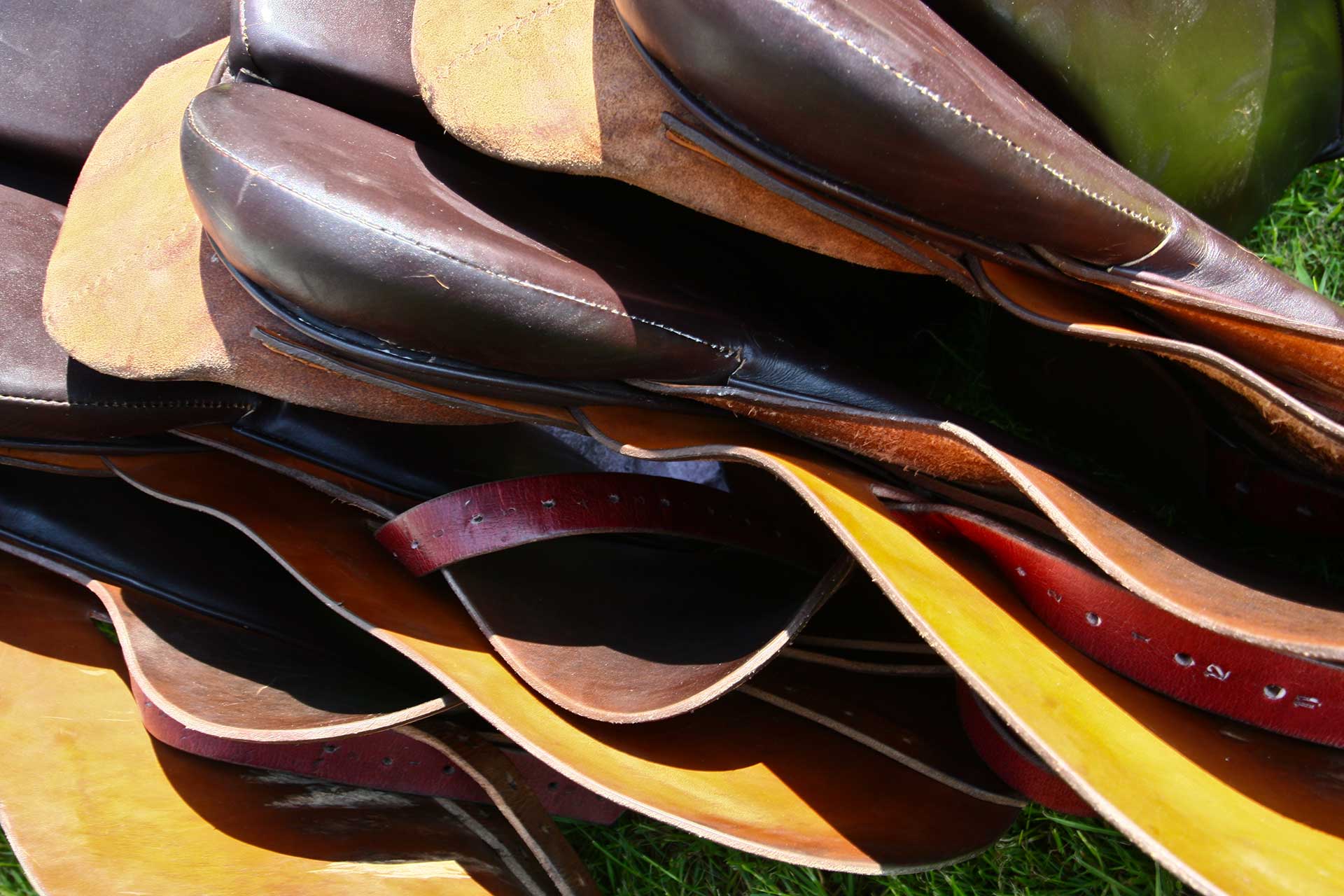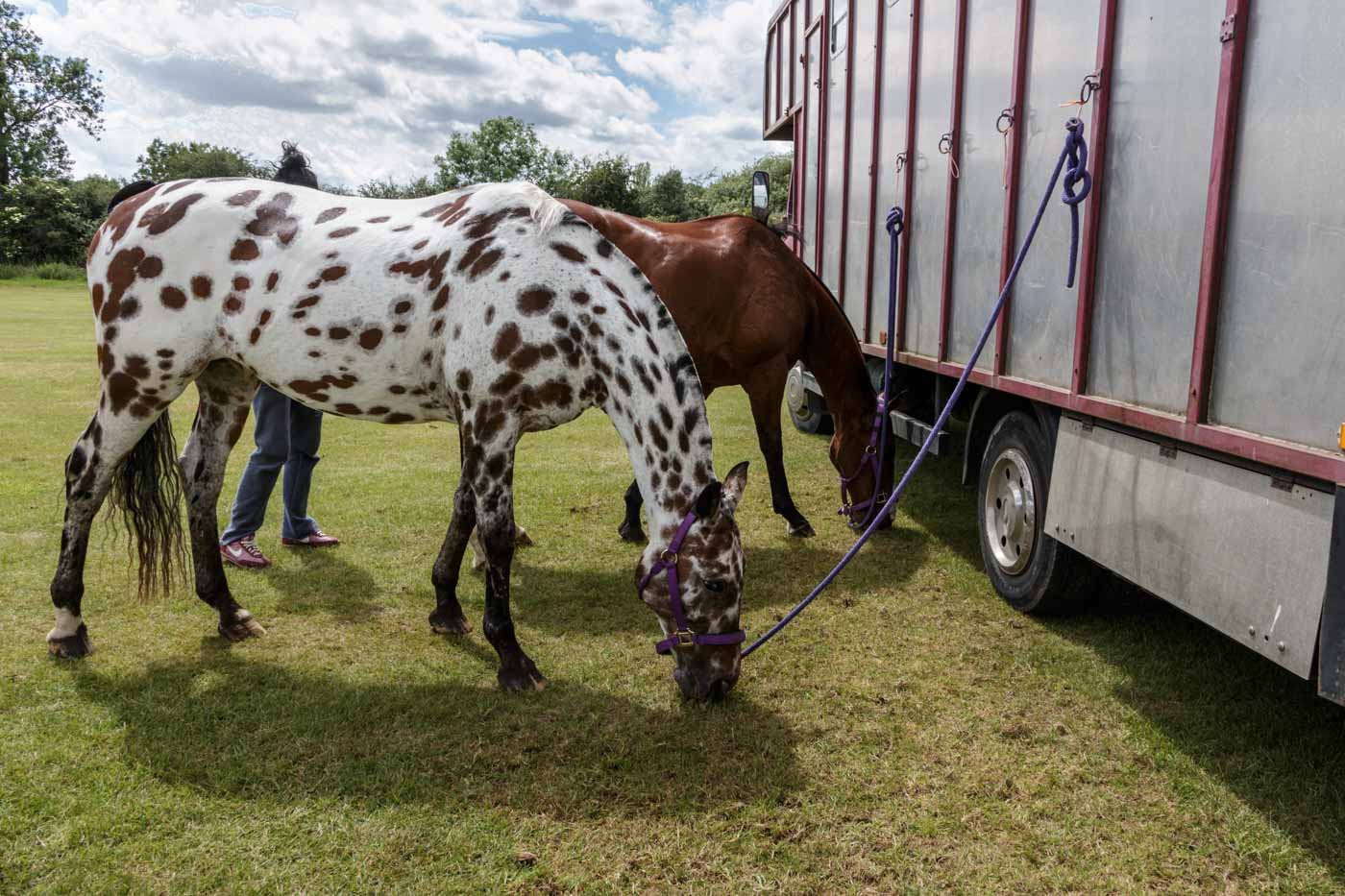Welfare
1. Welfare of Ponies.
The Stewards are determined that any abuse of ponies whether on the ground or off, for instance when turned out, will not be tolerated.
2. Inspection of Ponies.
With the approval of the Welfare Committee, the Chairman of that committee may ask a veterinary surgeon and a member of the committee, to inspect ponies belonging to an associate member or affiliated club, whether on a polo ground in a yard or turned out. If the associate member or club refuse permission for the inspection, which may be carried out at short notice, they will be reported to the Stewards under Regulation 6.
3. Referral to Stewards.
The Chairman of the Welfare Committee may refer any club or associate member direct to the Stewards for a disciplinary hearing.
4. Welfare Cover at Polo.
At all games run by an affiliated club, an official of that club must be in attendance in case a welfare problem arises.
See also Rule 10.
5. Complaints.
If a complaint is received, whether from the general public, a veterinary surgeon, a club official, an officer of any other horse welfare body or from a member of the Welfare Committee a report form should be completed and sent to the Chairman of the Committee and the club concerned. The Chairman will liaise with the club concerned as to the action to be taken; if it is necessary for an inspection to be made with a veterinary surgeon his cost will be borne by the club concerned. A Club Disciplinary Committee is obliged under Regulation 6 to hold a hearing, if they receive a report from a veterinary surgeon concerning abuse or cruelty to any pony. A report of that hearing must be sent to the Welfare Committee Chairman.
6. Responsibilities.
- Owners must take all responsible steps to ensure the welfare of their ponies including during the winter months. ‘Owner’ shall mean the individual or individuals whom the Disciplinary Committee is satisfied in fact enjoy the rights, privileges and powers incidental to ownership. This includes, without limitation, the power to make decisions concerning the care and welfare of the animal, whether such individual(s) had any legal status as owner or not. In the case of hirelings, a member of the HPA involved in the hiring of ponies has the responsibility of ‘owner’ until the pony or ponies concerned have been handed over officially to another member of the HPA or his agent.
- Clubs. In view of the fact that, particularly early in the season, some ponies appear on the polo ground in poor bodily condition, it is recommended that a representative of the club should informally inspect the pony lines to observe any ponies in a poor condition and then refer them to the veterinary surgeon required – see paragraph 16 below. If a club and a veterinary surgeon stop a pony playing because of its poor condition, a report form must be sent to the Chairman of the Welfare Committee.
7. Rules.
The Rules that affect the welfare of ponies must be adhered to by members and enforced by clubs and umpires.
- Rule 2h- Spurs and Whips. Umpires should inspect spurs before a match and have removed any sharp ones. They should fill in a report form to ensure that the same spurs do not appear at other clubs.
- Rule 4 – Ponies, Pony Equipment and Pony Welfare (i) Poor or badly fitted tack which is causing physical damage to the pony is not allowed. (ii) Any pony that is seen to be lame should be referred to the duty veterinary surgeon before resuming another chukka. (If a pony does resume play, it is suggested that a public announcement should made). Lame ponies should not play. If a pony is not sound, it is the Umpire’s responsibility in the absence of a vet, to see that the pony is taken off the ground in the most humane way possible. (iii) No pony may play seen with blood in its mouth. Ponies seen with blood in their mouths or excess spur or whip marks should be reported to the umpire or the referee, who should then request that the pony be inspected by the veterinary surgeon. If no veterinary surgeon is present (iii) the pony should be inspected by an official or representative of the club; if in doubt about the severity of the wound, the pony should not be allowed to play until a veterinary surgeon’s report has been received.
- Rule 10 – Veterinary Cover.
- Rule 28 – Play Stopped for Dangerous or Broken Tack, Pony Condition or Equipment.
- Rule 29 – Play stopped for Accident or Injury to Pony.
- Rule 35 – Riding Off, Dangerous Riding and Intimidation.
- Rule 36 – Hooking and Misuse of Stick.
- Rule 37 – Rough or Abusive Behaviour.
8. Water.
The with-holding of water for an extended period of time is detrimental to pony’s health and should not be allowed.
9. Shoeing.
The Farriers’ Registration Act, which has been law since 1975, states that person who shoes a horse, including their own, must be a registered farrier.
10. Pony ‘Put Down’.
In the event of it appearing desirable for a pony to be put down for humane reasons, such reasonable efforts as the circumstances permit should be made to contact the owner for his decision. Should the owner not be so contactable, the own representative or the person borrowing or renting the pony should take responsibility for authorising the pony to be put down, if he is satisfied that the horse is in extremis i.e. that it cannot be moved without an unacceptable degree of discomfort and where there is no foreseeable prospect of the pony recovering from its injuries. It is suggested that chemical euthanasia may well be used in the event of a pony having to be put down in front of the public; in that case, the carcass will have to be destroyed.
11. Misuse of Drugs.
- Local Anaesthetics. Local anaesthetics may be used to repair a wound but, following their use, a pony is not allowed to play unless passed fit to do so by a veterinary surgeon.
- Banned Drugs. Although some drugs banned in other sports may be appropriately used in moderation in connection with polo ponies, heart stimulants of any kind are NOT to be administered under any circumstances, due to the danger to both horse and rider. The administration of any drug or substance which is not a normal constituent of horse feed is banned with the exception of the following: (i) Phenylbutazone and Flunixin. The concentration in the blood plasma of phenylbutazone, with its active metabolite oxyphenbutazone, or of flunixin must be less than 10 micrograms per ml of plasma. If they are used together the concentration of either must be less than 5 ug/ml. It is recommended that, to i stay within these limits, a maximum dose of phenylbutazone is 2 grams a day and the last dose should be given no later than 10 p.m. on the night before play. A recommended dose of flunixin is no more than 2 x 10 gram sachets of Finadyne per day. In both cases, the dose should be halved if both are given. ii) Ventipulmin TM (iii) Sputolosin TM (iv) Vi-Sorbin TM (v) Isoxsuprine (vi) Regumate TM (vii) Antibiotics except procaine penicillin. (viii) Oral Diuretics but only if prior declaration of their administration has been made to the Club. Their intravenous use is not allowed.
- Testing. Both random and specific tests will be arranged by the HPA and the clubs a considered necessary. The services of the Horseracing Forensic Laboratory will be used.
- Positive Test. If a sample of a pony’s blood when tested proves to have quantities of drugs above the permitted levels, a report form must be completed and copies sent to the player and the owner of the pony and their clubs and to the Chairman of the Welfare Committee. The club to which the owner belongs is bound to hold a disciplinary hearing.
Transporting animals in extreme hot weather
You are responsible for the welfare of animals you transport.
If you do not have a temperature-controlled vehicle, you should:
· not transport animals in temperatures over 30°C
· check the ‘feels like’ temperature for the intended route if humidity is high
Before making a journey you should:
· plan to avoid transporting animals in the hotter parts of the day
· travel early in the morning or overnight where possible
· have a contingency plan in place
· make sure all watering and ventilation systems on vehicles are fully functional and animals have access to fresh water
During a journey you should:
· minimise handling during loading and unloading
· reduce stocking density by at least 30%
· increase headroom to maximise ventilation and air movement in the vehicle
· park in shaded areas during rest stops
· check the animals more often to check for signs of heat stress such as panting, high respiration rate and sweating
Laminitis
The wet and mild autumn months can lead to an excess of lush grass, resulting in high levels of fructan which can increase the risk of laminitis. The laminae are velcro-like bonds attaching the hoof to the foot. Laminitis is a very serious condition in which the laminae become damaged, weakened and usually very painful. As the horse bears weight they may begin to separate. Any horse or pony can get laminitis, but native breeds appear to have a higher risk.
Typical signs of laminitis in horses:
- A “pottery”, “careful”, stiff walk
- Weight shifting when standing still or leaning back on their heels
- Increased pulses may be felt over the fetlocks and pasterns – “Digital pulse”
- Hot hooves
- An expanded white line.
- Reluctance to move or have feet picked up
- Excessive toe growth compared to heel growth
What can be done to reduce this risk of laminitis?
- Careful attention to your horse’s diet, exercise and body condition is important. weigh tapes can be a useful tool
- Limit grazing in laminitis prone individuals; low calorie, high fibre, low sugar and starch (<10%) diets are important
- Restrict grass intake where necessary by strip grazing using electric tape or using a muzzle
- Weighing hay nets will help monitor intake and soaking hay helps reduce its sugar content
Targeted Worming
Due to decreasing levels of worm related disease and increasing wormer resistance, we strongly recommend a targeted approach. Targeted worming means you only worm your horse as and when it is necessary. To establish risk and worm burden we perform faecal worm egg counts. Depending on the number of eggs found, this will dictate whether your horse will need worming or not.
A low level of eggs is completely normal, therefore may not need treating and should be encouraged to reduce the incidence of resistance.
Mud Fever
Mud fever is a bacterial condition typically affecting the lower legs. The bacteria most commonly involved is Dermatophilis Congolensis which is common in wet environments. On normal, healthy skin, commensal micro-organisms will be living without causing issues. When skin becomes compromised and damaged, such as being wet for prolonged periods of time, the outer epidermal layer will no longer be able to protect the layers beneath, allowing bacteria to cause infection and inflammatory reaction.
Typical signs of Mud Fever:
- Crusty scabs with ulcerated, moist lesions beneath
- Matted hair, or loss of hair with raw skin beneath
- Heat, pain and swelling
- Possible lameness
- Creamy white, yellow or green discharge between skin and scab
- Mud fever can occur in other areas of the body, such as the back, where it is called rain scald.
What can be done to reduce the risk of Mud Fever:
- Avoid turnout in muddy conditions, particularly for horses who are prone to mud fever.
- Good paddock management – rotate fields to reduce poaching, place hardcore where horses congregate i.e. water troughs and gateways and fence off muddy areas.
- Regular grooming
- If it’s necessary to wash your horses legs, dry them thoroughly after
- Apply barrier creams
- Inspect your horses legs daily to detect any problems as early as possible
Choke
Choke occurs when food gets stuck in the horse’s oesophagus (food pipe). Choke is quite common and looks very distressing. However, unlike humans, if a horse ‘chokes’ they are still able to breathe, but, they are unable to swallow until the blockage is cleared. Many episodes of choke will resolve by themselves.
Typical signs of Choke:
- Horses standing with a tense, stretched out neck appearing to be gagging (attempting to swallow)
- Saliva draining from nostrils with small amounts of food
- Some horses become stressed and sweat or paw the ground
- Coughing
- Lump of left side of neck
How to reduce the risk of Choke:
- Put water in feeds
- Placing large rocks that they have to eat around to slow them down
- Carrots and apples should be sliced length ways
- Do NOT syringe or hose water into your horse. This can be very dangerous.
Colic
Colic is the term used to describe the clinical signs that are demonstrated by a horse in response to abdominal pain. There are over 70 different types of gastrointestinal problems that cause colic symptoms, ranging from mild to severe (life threatening). These can include: intestinal spasms, the gut wall being stretched by gas or feed material, the intestine becoming entrapped somewhere abnormal in addition to many other scenarios.
Typical signs of colic:
- Flank watching
- Lying down and/or rolling (rolling can be violent)
- Pawing the ground
- Posturing to urinate frequently
- Reduced or no passing of droppings
- Sweating
- Rapid breathing
How to reduce the risk of colic:
- Maintain a feeding routine, introduce any changes slowly (over 2-3 weeks)
- Constant supply and access to clean water (avoid freezing cold water)
- Soaked hay
- Have a targeted worming plan in place
- Annual dental checks by your veterinarian or a qualified equine dental technician
- Regular exercise which includes turn-out, ridden or in-hand exercise
Equine Asthma
Recurrent airway obstruction is one of the most common causes of coughing or nasal discharge diagnosed in horses and ponies in the United Kingdom. It is an inflammatory disease of the smaller airways within the lungs, caused by an allergic reaction. Often this is a reaction to tiny spores or dust particles in the air, it is therefore most often seen in stabled horses.
Typical signs of equine asthma:
- Chronic frequent cough
- Nasal discharge ranging from clear mucus to thick green/yellow
- Increased number of breaths per minute, worsened when stressed or exercising
- ‘Heave line’ can develop along the bottom edge of the ribs from the effort required of the abdominal muscles to breath
- Severe, chronically affected horses can suffer loss of weight and appetite
- Acute, severe attacks of respiratory distress due to continuous exposure
How to reduce the risk of asthma:
- Changing bedding from straw to shavings, paper and other non-organic material can help, and keeping the bed as clean as possible
- Soaked hay and/or feed
- Turn out as much as possible (if appropriate)
- Keep away from hay or straw stores and other horses bedded on similar
- Horse affected by pollen may have increased suffering in certain fields, if possible move to low pollen areas or stable until pollen count drops
If you are worried then please to not hesitate to call us on 01306 628222.
Play, learn & watch polo at the foot of the Surrey hills
Get involved with polo at Hurtwood Park
Hurtwood Park Polo Club welcomes everyone to come and experience the excitement of the game. Whether you would like to participate, to take lessons or to spectate, we would love to hear from you. Please contact us today to discuss playing, learning or watching polo at Hurtwood Park.



